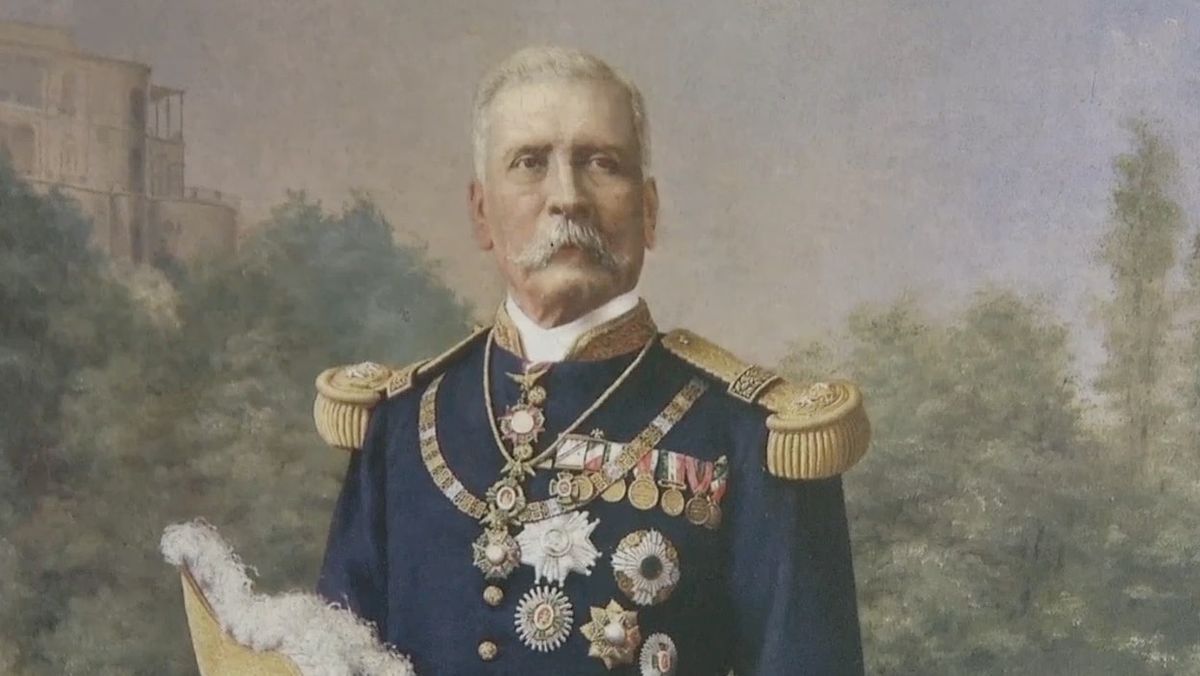How Porfirio Diaz resigned from the presidency
This is how the resignation of General José de la Cruz Porfirio Díaz Mori was presented on May 25, 1911, in the Chamber of Deputies, after the signing of the treaties of Ciudad Juárez, which had taken place on the 21st of the same month.





